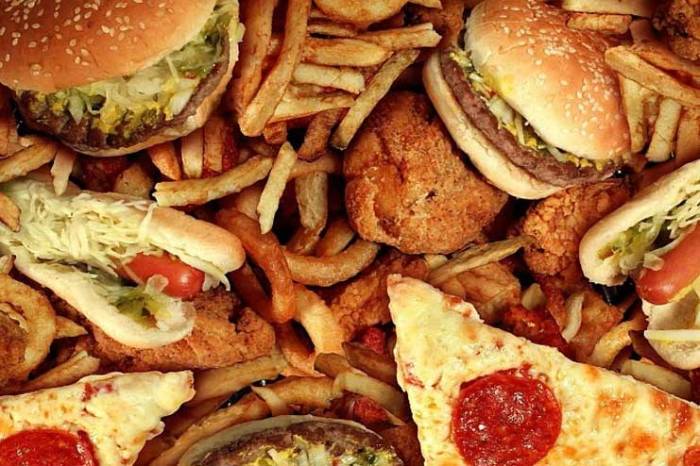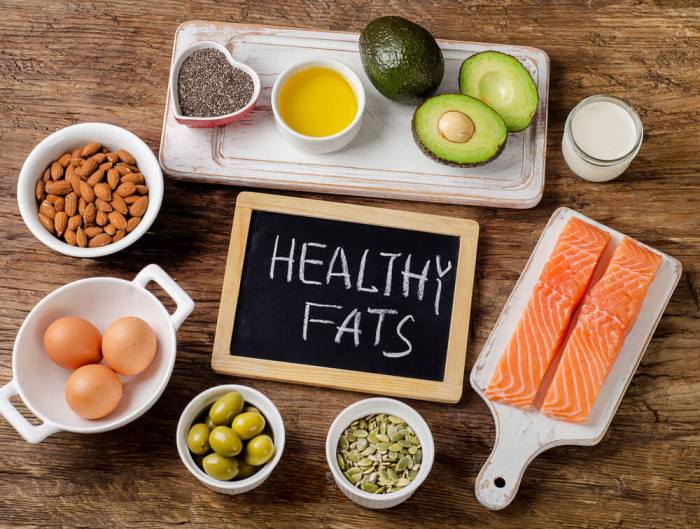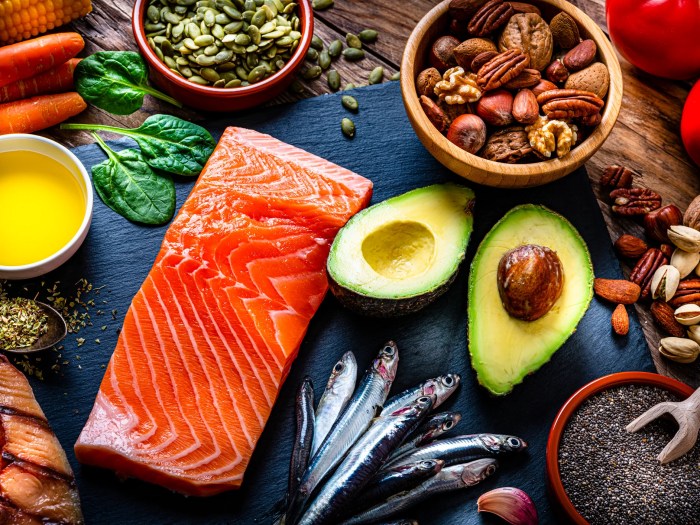High-fat foods appear to be a universally common food preference. – High-fat foods appear to be a universally common food preference, a culinary inclination deeply rooted in both evolutionary and physiological factors. This preference has shaped dietary habits across cultures and has significant implications for our health and well-being.
From the savannas of Africa to the rainforests of the Amazon, high-fat foods have played a crucial role in human survival. They provide a concentrated source of energy, essential nutrients, and satiety, making them ideal for sustenance in resource-limited environments.
Evolutionary Perspective

The preference for high-fat foods is deeply rooted in our evolutionary history. In prehistoric times, high-fat foods provided essential energy for survival. Fat is a concentrated source of calories, providing twice the energy per gram compared to carbohydrates or protein.
During periods of food scarcity, humans relied on high-fat foods to sustain themselves.
In addition, high-fat foods are rich in essential nutrients such as vitamins A, D, and E, which were crucial for maintaining health and preventing deficiencies. The availability of these nutrients was often limited in prehistoric diets, making high-fat foods a valuable source of nourishment.
Physiological Effects of High-Fat Foods: High-fat Foods Appear To Be A Universally Common Food Preference.
The appeal of high-fat foods is not only driven by evolutionary factors but also by physiological mechanisms. Fat contributes to the taste and texture of food, making it more palatable. Fatty acids interact with taste receptors on the tongue, stimulating a pleasurable sensation.
Moreover, fat provides a feeling of satiety. It slows down the digestion process, which leads to a gradual release of energy and a sustained feeling of fullness. This can help regulate appetite and prevent overeating.
Cross-Cultural Comparisons, High-fat foods appear to be a universally common food preference.
| Culture | High-Fat Food Preferences | Consumption Patterns | Cultural Variations |
|---|---|---|---|
| Mediterranean | Olive oil, nuts, fatty fish | Moderate to high intake | Emphasis on healthy fats and balanced meals |
| Western | Processed meats, fried foods, dairy products | High intake | Influence of fast food and convenience foods |
| East Asian | Pork belly, fatty cuts of meat, lard | Moderate to high intake | Preference for savory and umami flavors |
Health Implications

While high-fat foods can provide essential nutrients and energy, excessive consumption can have adverse health effects. High-fat diets have been linked to obesity, cardiovascular disease, and certain types of cancer.
Saturated and trans fats, found in animal products and processed foods, are particularly harmful. They can raise cholesterol levels, increasing the risk of heart disease. Conversely, unsaturated fats, found in plant-based oils, nuts, and seeds, have been shown to have protective effects on cardiovascular health.
Future Research Directions

Further research is needed to fully understand the complex relationship between high-fat food preferences and health outcomes. Researchers should explore the genetic and cultural factors that influence food preferences, as well as the long-term effects of different types of high-fat diets.
Understanding these factors will be crucial for developing effective dietary guidelines and interventions to promote healthy eating habits and reduce the risk of chronic diseases associated with excessive high-fat food consumption.
Common Queries
Why do we crave high-fat foods?
High-fat foods trigger the release of dopamine, a neurotransmitter associated with pleasure and reward. Additionally, the rich taste and texture of high-fat foods provide sensory gratification.
Are high-fat foods always unhealthy?
Not necessarily. While excessive consumption of high-fat foods can increase the risk of certain health conditions, moderate intake can provide essential nutrients and energy.
How can we reduce our intake of high-fat foods?
Focus on consuming lean protein sources, fruits, vegetables, and whole grains. Limit processed foods, sugary drinks, and unhealthy fats from sources like fried foods and fatty meats.